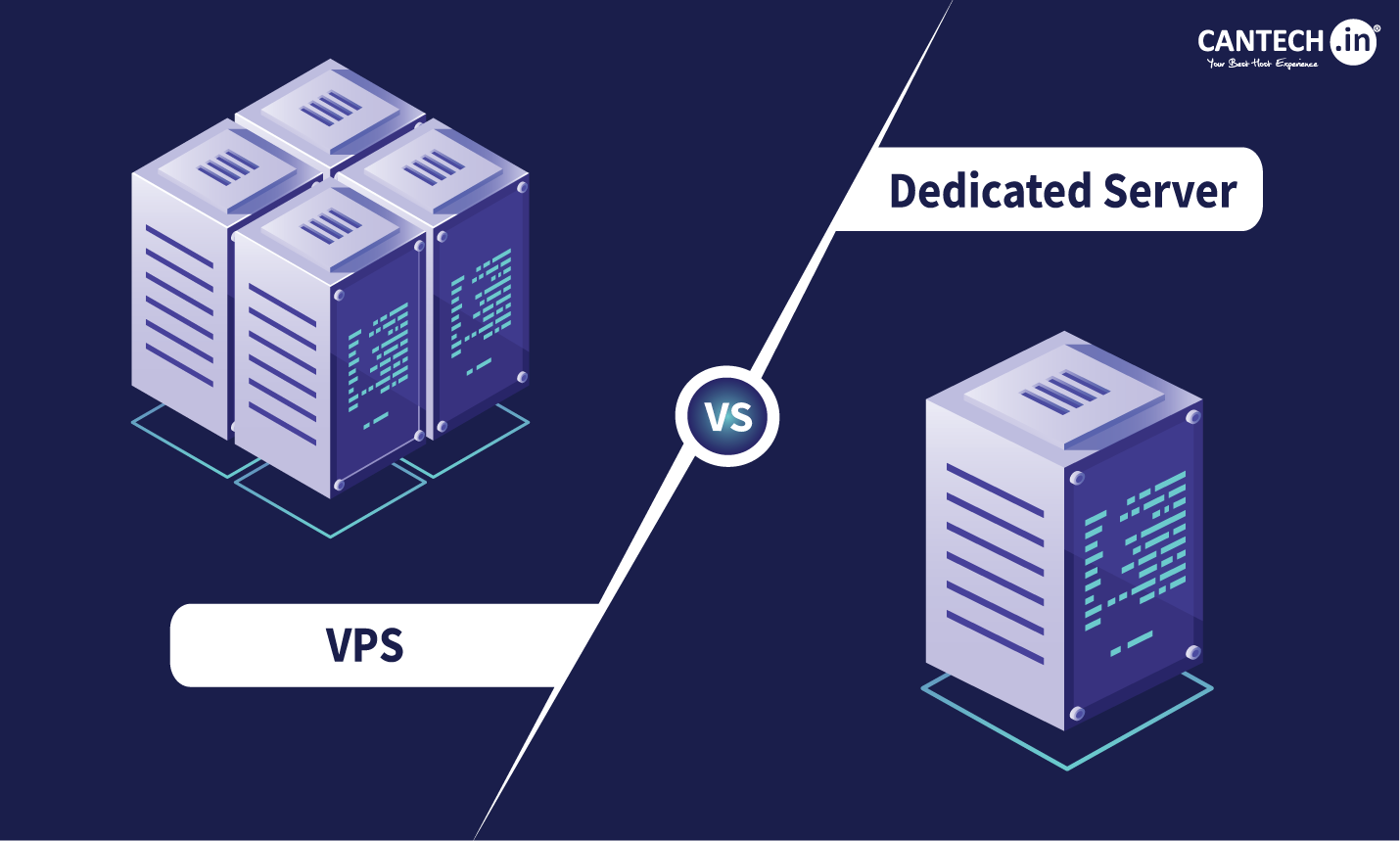Cloud computing has become the backbone of modern IT infrastructure, enabling businesses to scale, innovate, and remain competitive. Among the various cloud deployment models, public, private, and hybrid clouds stand out as the most widely adopted.
In this article, we will compare these three models in terms of characteristics, benefits, and use cases, helping you choose the right fit for your organization.
💡 Related resource: Cloud Computing & Enterprise Adoption – A Complete Guide for Businesses
What Is the Difference Between Public, Private, and Hybrid Clouds?
Public Cloud
A public cloud is a computing environment where services are delivered over the internet and shared among multiple organizations. Providers like AWS, Microsoft Azure, and Google Cloud offer scalable infrastructure, applications, and storage on a pay-as-you-go basis.
Key characteristics:
- Shared infrastructure across multiple customers
- High scalability and cost efficiency
- Managed entirely by the service provider
Best for:
Startups, SMEs, and organizations seeking rapid deployment without heavy capital investment.
Private Cloud
A private cloud is dedicated exclusively to a single organization. It can be hosted on-premises or by a third-party provider, offering greater control, security, and customization.
Key characteristics:
- Exclusive infrastructure for one organization
- Enhanced security and compliance control
- Greater customization to meet business requirements
Best for:
Enterprises with strict regulatory requirements, sensitive data handling, or highly customized workloads.
Hybrid Cloud
A hybrid cloud combines public and private cloud environments, enabling data and applications to move seamlessly between them. This approach offers flexibility, scalability, and enhanced disaster recovery options.
Key characteristics:
- Integration of public and private clouds
- Ability to run sensitive workloads in a private cloud while leveraging the public cloud for scalability
- Optimized cost and performance balance
Best for:
Businesses needing flexibility, cost optimization, and a gradual migration from on-premises systems to the cloud.
What Are the 4 Types of Cloud Deployment Models?
While public, private, and hybrid clouds are the most common, community cloud is the fourth type:
- Public Cloud – Shared, internet-based environment
- Private Cloud – Exclusive, single-organization environment
- Hybrid Cloud – Combination of public and private
- Community Cloud – Shared by organizations with similar goals and compliance needs
What Are the 4 Types of Cloud Storage?
- Block Storage – Ideal for structured data and databases
- File Storage – Manages data in a hierarchical structure
- Object Storage – Suitable for unstructured data like images and videos
- Archive Storage – Low-cost, long-term data storage for compliance and backups
Characteristics of Private vs. Public Clouds
| Feature | Public Cloud | Private Cloud |
|---|---|---|
| Infrastructure | Shared across customers | Dedicated to one organization |
| Cost | Lower initial cost, pay-as-you-go | Higher upfront cost, predictable OPEX |
| Security | Good, but shared responsibility | High, with full organizational control |
| Scalability | Highly scalable | Limited by infrastructure capacity |
| Customization | Limited | Extensive |
How to Choose the Right Cloud Model for Your Business
When deciding between public, private, and hybrid clouds, consider:
- Data sensitivity & compliance requirements
- Budget & scalability needs
- IT resources & in-house expertise
- Long-term digital transformation strategy
Singleclic has been delivering tailored IT solutions since 2013, including cloud adoption strategies, low-code platforms, ERP, CRM, cybersecurity, and hosting services.
📞 +2 010 259 99225 | +971 42 475421 | +966 58 1106563
🌐 Visit our website
Final Thoughts
Choosing the right cloud model can have a significant impact on cost efficiency, security, and business agility.
- Opt for public cloud if you want low-cost scalability.
- Choose private cloud if security and control are your top priorities.
- Consider hybrid cloud for a balance between the two.
A well-planned cloud strategy ensures you stay competitive, compliant, and ready for future growth.









